The rising and sinking threats to our cities
Sea-level rise due to climate change has already raised the risk of extreme floods in major coastal cities around the world, and many are slowly sinking into the oceans.
 |
| High-rise demands | The urban construction boom is causing flooding and erosion, as sand is mined and rivers are dredged to provide building materials. (Copyright: Thinkstock) |
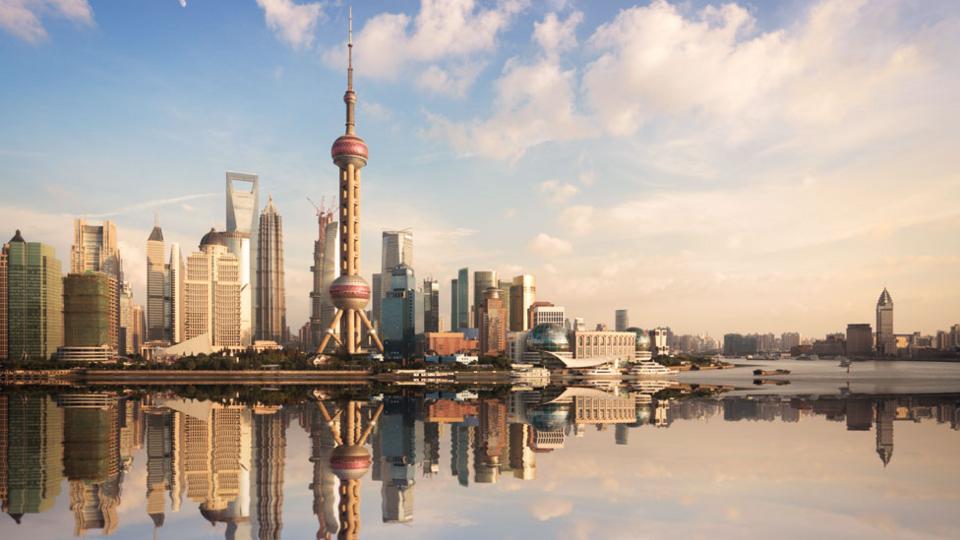 |
| Flood risk | According to a study published last year, Shanghai is the most vulnerable major city to serious flooding in the world. (Copyright: Thinkstock) |
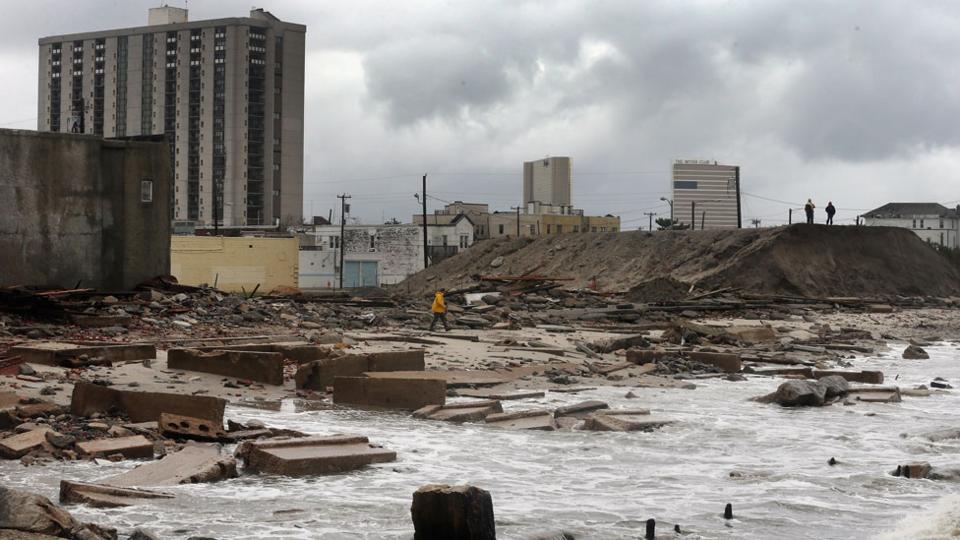 |
| Storm warning | More than half of the population of America’s coastal cities live below the high-tide mark. (Copyright: Getty Images) |
 |
| Super storm | During Hurricane Sandy in 2012, as many as 100,000 extra people were thought to be at risk of flooding for every foot of water in New York City. (Copyright: Getty Images) |
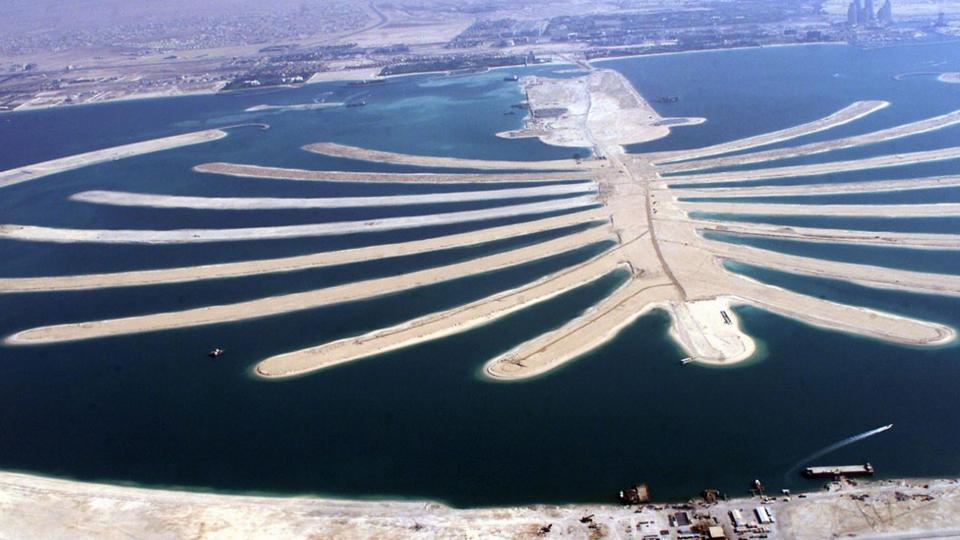 |
| From the depths | Some countries are reclaiming land from the sea. The Palm Islands are an artificial archipelago in Dubai, off the coast in the Persian Gulf. (Copyright: Getty Images) |
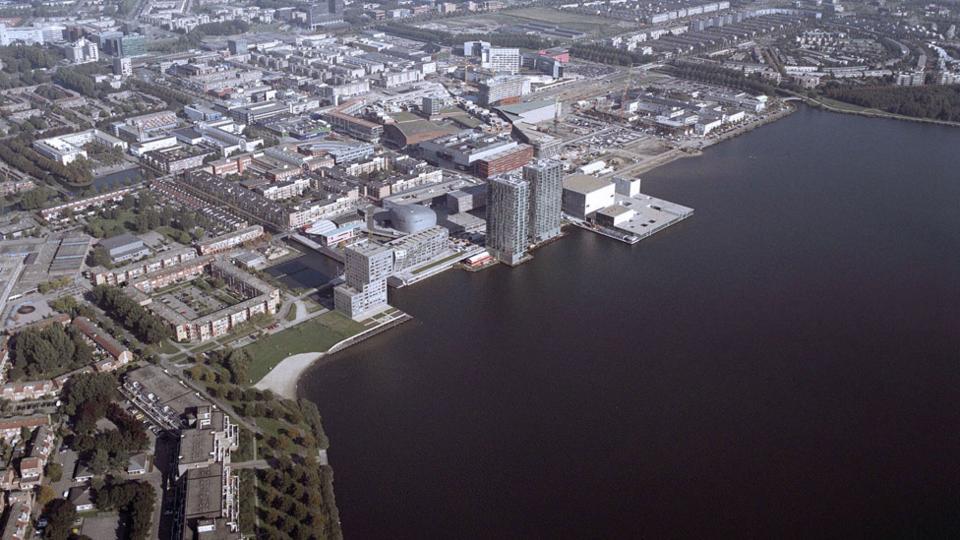 |
| On the rise | The Netherlands are old masters of reclaiming land from the sea, as can be seen in their polder town Almere. (Copyright: Getty Images) |
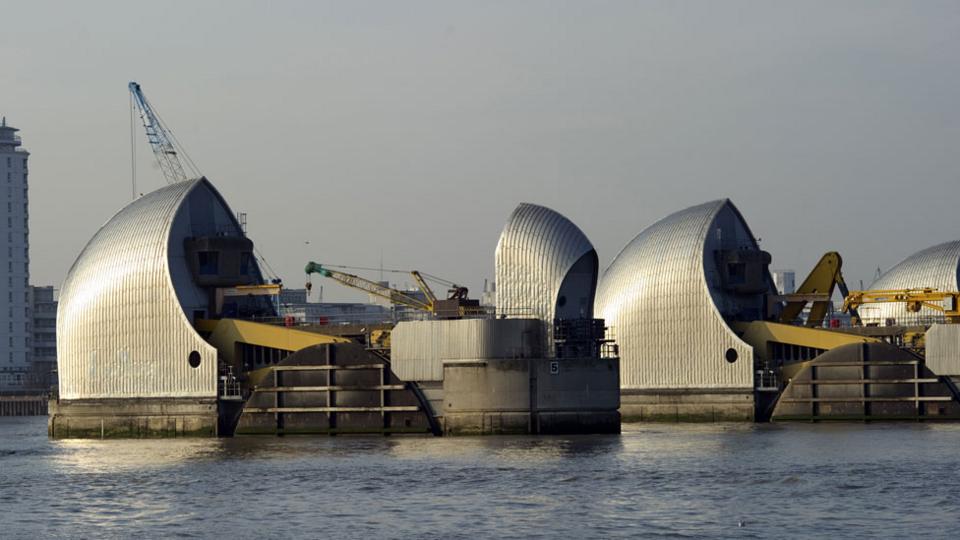 |
| Defence tactics | Cities are investing in new sea walls or high-tide gates to stem the threat, like the Thames Barrier in London. (Copyright: Getty Images) |
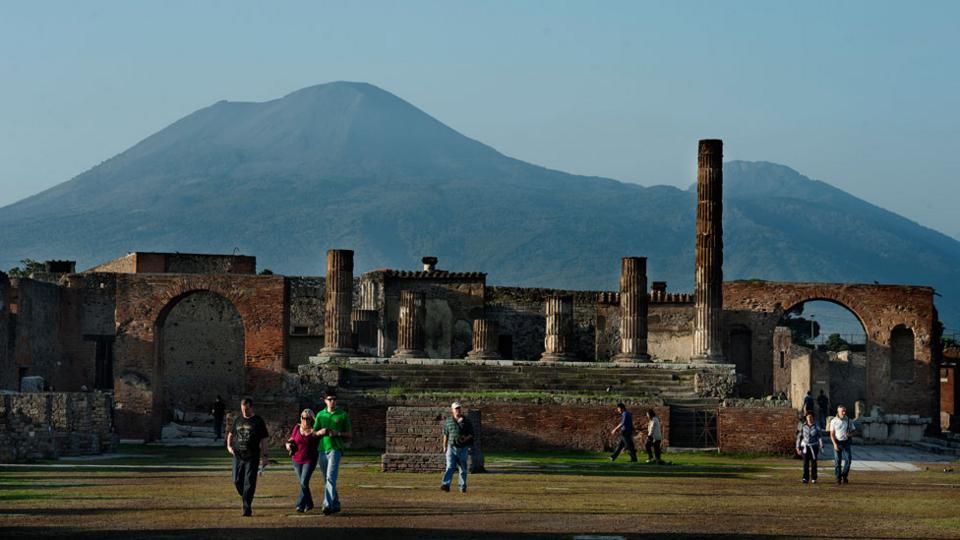 |
| Ghost town | Nature has wiped out cities before. Pompeii was destroyed and buried under ash and pumice from the eruption of Mount Vesuvius in 79 AD. (Copyright: Getty Images) |
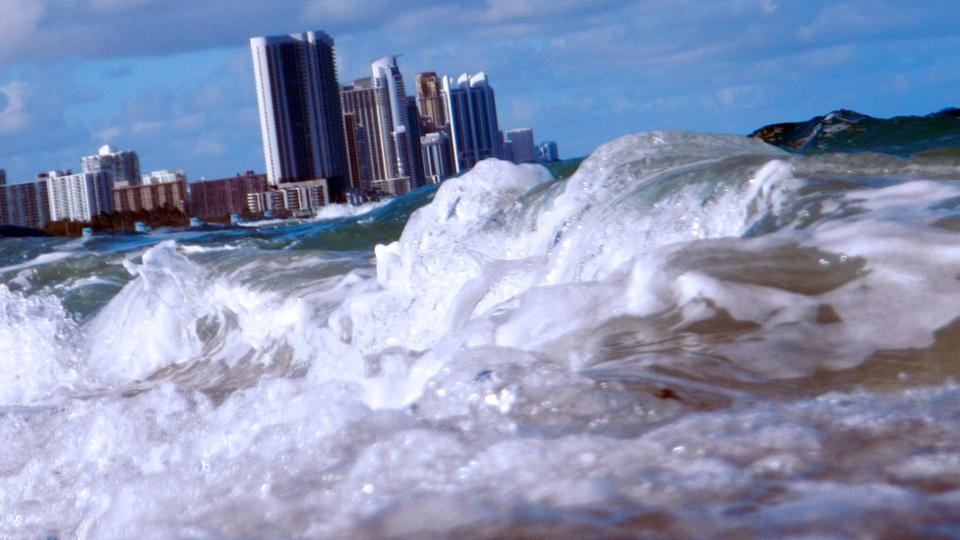 |
| Rising threat | Over 3 billion people live in coastal city areas that are at risk of rising sea levels and other consequences of global warming. (Copyright: Getty Images) |
 |
| Life support | Cities formed around water to support living, but the downside of irrigation and industry needs is that some major cities are now sinking into the oceans. (Copyright: Thinkstock) |
Half of us now live in cities - the concrete, steel and glass landscapes that make up the world’s great urban sprawls. Our cities have spread and replaced wild lands, and they roar and blaze with the energy from fossil fuels. They’re colossal – sometimes magnificent – and they are growing ever bigger and more numerous in the Anthropocene, as humans carry out the greatest ever urban migration.
But on a geological timescale, cities, like all human constructs, are likely to be temporary. Many won’t survive the changes humanity is wreaking on the planet, let alone natural upheavals.
Historically, cities were built in fertile river valleys and at river mouths. Agricultural run-offs of sediment, water and nutrients created rich coastal deltas that could support greater food production. This and the good maritime and river connections for trade and transport made these ideal places to live. But as populations grew, rivers were tapped and diverted for irrigation, industry and canal transport. They were also trapped behind dams and reservoirs for energy and water storage, and depleted by droughts and other extractions.
Sediments are therefore no longer flushing downstream in the quantities needed to maintain deltas against the relentless erosion of the oceans. Meanwhile groundwater is increasingly being extracted from beneath cities, and sea levels are rising because of the run-off from the melting of glaciers and thermal expansion of the oceans. As a result of these changes, many major cities are slowly sinking into the oceans.
Our rapid industrialisation over the past century has sped these processes, so that now, many urban centres face inundation by storm surges, and we stand to lose many of the most economically important parts of our planet. Cities from Bangkok to New York have experienced emergency flood conditions, and many more are to follow – those most at risk include Mumbai, Guangzhou, Shanghai, Miami, Ho Chi Minh City, Calcutta, New York City, Osaka-Kibe, Alexandria and New Orleans.
More than 3 billion people live in coastal areas at risk of global warming impacts such as rising sea levels – a number expected to rise to 6 billion by 2025. Sea-level rise due to climate change has already doubled the risk of extreme flood events in coastal cities, and the greater population of Anthropocene cities only puts more lives at risk. For example, a studyshows that during Hurricane Sandy in 2012, as many as 100,000 extra people were at risk of flooding for every foot of water in New York. More than half of the population of America’s coastal cities live below the high-tide mark.
In the Netherlands, some 50 million cubic metres (1.7 billion cubic feet) of sediment has to be dredged from inland water channels or the sea every year to help maintain current shorelines. Globally, the urban construction boom is causing flooding, erosion and loss in water and soil quality elsewhere, as sand is mined and rivers are dredged to provide building materials for the new cities.
Located on the Yangtze River delta, Shanghai (which means ‘above the sea’, is particularly vulnerable to flooding as groundwater extractions and sea-level rise hasten the sinking of its massive high rise buildings into the East China Sea. Parts of the city have sunk three metres. In response, the authorities have begun pumping 60,000 tonnes of water a year back into wells to reduce the subsidence, built hundreds of kilometres of levees and are planning an emergency floodgate on the river’s estuary to protect the nation’s most prosperous city and its 20 million inhabitants. Mexico City is suffering a similar fate, with parts of the city subsiding 9 metres (30 feet) since 1910 through over-pumping of groundwater.
But on a geological timescale, cities, like all human constructs, are likely to be temporary. Many won’t survive the changes humanity is wreaking on the planet, let alone natural upheavals.
Historically, cities were built in fertile river valleys and at river mouths. Agricultural run-offs of sediment, water and nutrients created rich coastal deltas that could support greater food production. This and the good maritime and river connections for trade and transport made these ideal places to live. But as populations grew, rivers were tapped and diverted for irrigation, industry and canal transport. They were also trapped behind dams and reservoirs for energy and water storage, and depleted by droughts and other extractions.
Sediments are therefore no longer flushing downstream in the quantities needed to maintain deltas against the relentless erosion of the oceans. Meanwhile groundwater is increasingly being extracted from beneath cities, and sea levels are rising because of the run-off from the melting of glaciers and thermal expansion of the oceans. As a result of these changes, many major cities are slowly sinking into the oceans.
Our rapid industrialisation over the past century has sped these processes, so that now, many urban centres face inundation by storm surges, and we stand to lose many of the most economically important parts of our planet. Cities from Bangkok to New York have experienced emergency flood conditions, and many more are to follow – those most at risk include Mumbai, Guangzhou, Shanghai, Miami, Ho Chi Minh City, Calcutta, New York City, Osaka-Kibe, Alexandria and New Orleans.
More than 3 billion people live in coastal areas at risk of global warming impacts such as rising sea levels – a number expected to rise to 6 billion by 2025. Sea-level rise due to climate change has already doubled the risk of extreme flood events in coastal cities, and the greater population of Anthropocene cities only puts more lives at risk. For example, a studyshows that during Hurricane Sandy in 2012, as many as 100,000 extra people were at risk of flooding for every foot of water in New York. More than half of the population of America’s coastal cities live below the high-tide mark.
In the Netherlands, some 50 million cubic metres (1.7 billion cubic feet) of sediment has to be dredged from inland water channels or the sea every year to help maintain current shorelines. Globally, the urban construction boom is causing flooding, erosion and loss in water and soil quality elsewhere, as sand is mined and rivers are dredged to provide building materials for the new cities.
Located on the Yangtze River delta, Shanghai (which means ‘above the sea’, is particularly vulnerable to flooding as groundwater extractions and sea-level rise hasten the sinking of its massive high rise buildings into the East China Sea. Parts of the city have sunk three metres. In response, the authorities have begun pumping 60,000 tonnes of water a year back into wells to reduce the subsidence, built hundreds of kilometres of levees and are planning an emergency floodgate on the river’s estuary to protect the nation’s most prosperous city and its 20 million inhabitants. Mexico City is suffering a similar fate, with parts of the city subsiding 9 metres (30 feet) since 1910 through over-pumping of groundwater.
Fonte: http://www.bbc.com

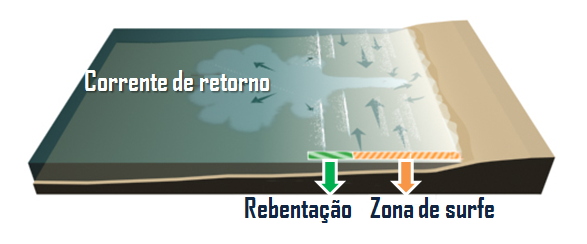
Comentários
Postar um comentário